THE LANGUAGE LIBRARY
Series editor: David Crystal
The Language Library was created in 1952 by Eric Partridge, the great etymologist and lexicographer, who from 1966 to 1976 was assisted by his co-editor Simeon Potter. Together they commissioned volumes on the traditional themes of language study, with particular emphasis on the history of the English language and on the individual linguistic styles of major English authors. In 1977 David Crystal took over as editor, and The Language Library now includes titles in many areas of linguistic enquiry.
The most recently published titles in the series include:
| Ronald Carter and Walter Nash | Seeing Through Language |
| Florian Coulmas | The Writing Systems of the World |
| David Crystal | A Dictionary of Linguistics and Phonetics, Fifth Edition |
| J. A. Cuddon | A Dictionary of Literary Terms and Literary Theory, Fourth Edition |
| Viv Edwards | Multilingualism in the English-speaking World |
| Amalia E. Gnanadesikan | The Writing Revolution: Cuneiform to the Internet |
| Geoffrey Hughes | A History of English Words |
| Walter Nash | Jargon |
| Roger Shuy | Language Crimes |
| Gunnel Tottie | An Introduction to American English |
| Ronald Wardhaugh | Investigating Language |
| Ronald Wardhaugh | Proper English: Myths and Misunderstandings about Language |

This edition first published 2009
2009 Amalia E. Gnanadesikan
Blackwell Publishing was acquired by John Wiley & Sons in February 2007. Blackwells publishing program has been merged with Wileys global Scientific, Technical, and Medical business to form Wiley-Blackwell.
Registered Office
John Wiley & Sons Ltd, The Atrium, Southern Gate, Chichester, West Sussex, PO19 8SQ, United Kingdom
Editorial Offices
350 Main Street, Malden, MA 02148-5020, USA
9600 Garsington Road, Oxford, OX4 2DQ, UK
The Atrium, Southern Gate, Chichester, West Sussex, PO19 8SQ, UK
For details of our global editorial offices, for customer services, and for information about how to apply for permission to reuse the copyright material in this book please see our website at www.wiley.com/wiley-blackwell.
The right of Amalia E. Gnanadesikan to be identified as the author of this work has been asserted in accordance with the Copyright, Designs and Patents Act 1988.
All rights reserved. No part of this publication may be reproduced, stored in a retrieval system, or transmitted, in any form or by any means, electronic, mechanical, photocopying, recording or otherwise, except as permitted by the UK Copyright, Designs and Patents Act 1988, without the prior permission of the publisher.
Wiley also publishes its books in a variety of electronic formats. Some content that appears in print may not be available in electronic books.
Designations used by companies to distinguish their products are often claimed as trademarks. All brand names and product names used in this book are trade names, service marks, trademarks or registered trademarks of their respective owners. The publisher is not associated with any product or vendor mentioned in this book. This publication is designed to provide accurate and authoritative information in regard to the subject matter covered. It is sold on the understanding that the publisher is not engaged in rendering professional services. If professional advice or other expert assistance is required, the services of a competent professional should be sought.
Library of Congress Cataloging-in-Publication Data
Gnanadesikan, Amalia E.
The writing revolution : cuneiform to the internet / by Amalia E. Gnanadesikan.
p. cm. (The language library)
Includes bibliographical references and index.
ISBN 978-1-4051-5406-2 (hardcover : alk. paper) ISBN 978-1-4051-5407-9
(pbk. : alk. paper) 1. WritingHistory. 2. AlphabetHistory. I. Title.
P211.G58 2009
411.09dc22
2008014284
A catalogue record for this book is available from the British Library.
Illustrations
Plates
1 Neo-Assyrian cuneiform tablet with observations of the planet Venus
2 Papyrus with illustrations and cursive hieroglyphs from the Book of the Dead of Any
3 Chinese oracle bone from the Shang dynasty
4 Carved sapodilla wood lintel from Temple IV at Tikal
5 Linear B written on clay tablets, from the Palace of Knossos, Crete
6 Sequoyah with his syllabary
7 Twelfth-century AD palm-leaf manuscript of a Buddhist Prajnaparamita sutra
8 Page from the Book of Kells
9 Page from the 42-line Gutenberg Bible
Figures
How different writing systems represent language
A proto-cuneiform tablet
The development from proto-cuneiform, through early Sumerian cuneiform, to later Akkadian cuneiform
The first sentence of Darius the Greats trilingual cuneiform inscription at Behistun
Some of the biconsonantal signs, triconsonantal signs, and determinatives used in Egyptian hieroglyphs
Egyptian uniconsonantal signs, the so-called hieroglyphic alphabet, in rightward-facing orientation
The Rosetta Stone, with inscriptions in hieroglyphs, demotic, and Greek
Shang characters with identifiable modern descendants, and evolution of two characters from oracle bones to modern standard and cursive scripts
The printed Diamond Sutra, the oldest surviving woodblock-printed book in the world, dating to AD
Chinese p ny
ny n Romanization, with IPA equivalents
n Romanization, with IPA equivalents
The Maya syllabary (incomplete)
Examples of Maya glyphs
Some of Kobers triplets
The Linear B syllabary
The Japanese syllabaries
A Japanese proverb written in (1) a mixture of kanji, katakana, and hiragana, (2) hiragana only, (3) katakana only
The Cherokee syllabary, as invented by Sequoyah and arranged by Samuel Worcester
Ancient alphabets
The Aramaic alphabet and three of its descendants
Three Altaic descendants of the Aramaic alphabet
The Arabic alphabet
Islamic zoomorphic calligraphy
Seal with Indus Valley symbols
The Devan gar
gar , Kannada, and Tamil scripts
, Kannada, and Tamil scripts
The Thai script
The derivation of the hang l letters from their pronunciations
l letters from their pronunciations
Hang l, the Korean alphabet, listed in the South Korean order
l, the Korean alphabet, listed in the South Korean order
The derivation of the Greek alphabet from the Phoenician
Two of the descendants of the Greek alphabet
The Etruscan and Roman alphabets
Non-Roman scripts of the British Isles
The Phaistos Disk
The International Phonetic Alphabet
The International Phonetic Alphabet applied to American English
The ancient Near East
The Chinese world


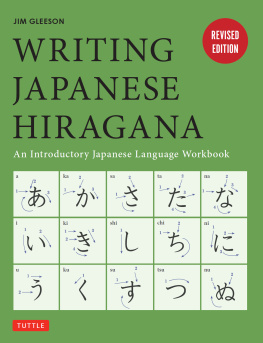
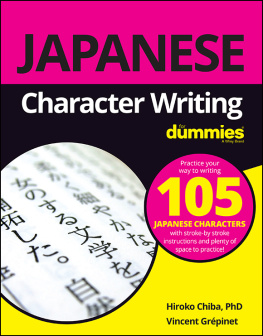
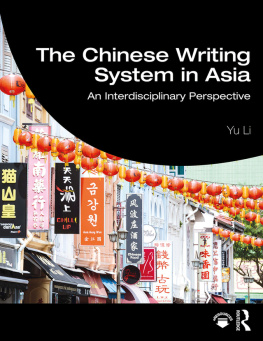
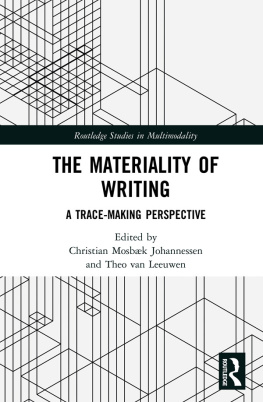
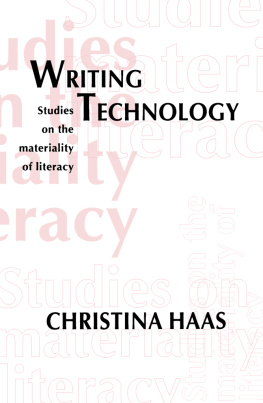
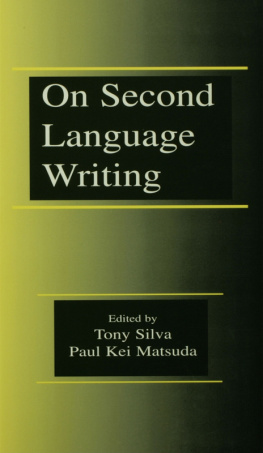
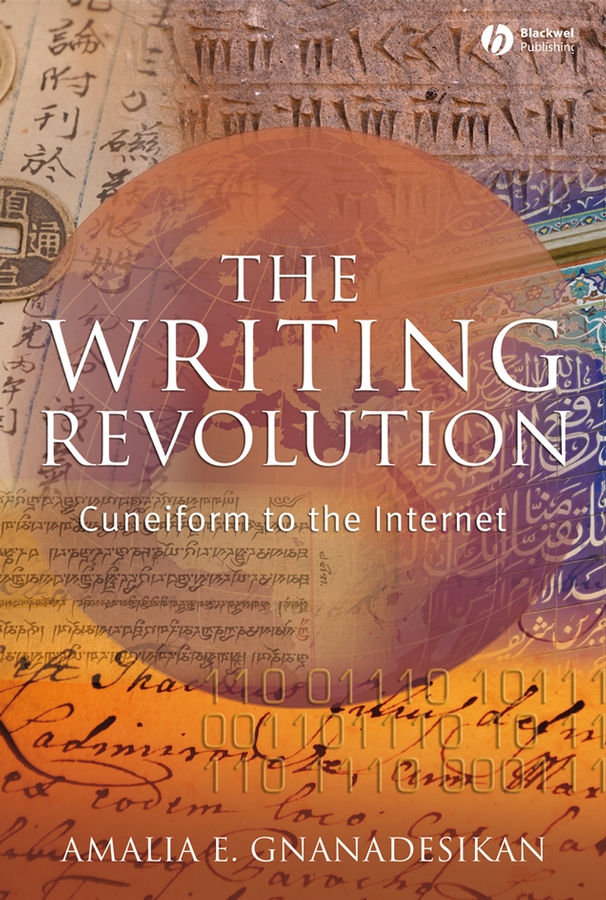

 ny
ny gar
gar l letters from their pronunciations
l letters from their pronunciations